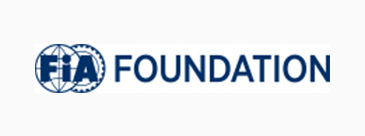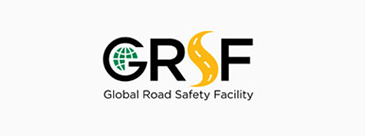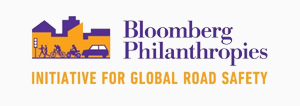





Seatbelts
legislation and penalties standards and regulations for equipment enforcement of legal requirements publicity campaigns and incentives.
Education programs can take many forms, although on their own are not effective at achieving behaviour change and so need to be combined with police enforcement and appropriate penalties, such as monetary fines. The education programs should make it clear that fines will be incurred if drivers and passengers are caught not wearing a seatbelt, and police enforcement should be visible. This is particularly important in the period after the introduction of new laws.
One such campaign was carried out in Sakhalin Island, Russia. Over a four year period an education campaign using television, radio, billboards, banners, mass media and the internet informed the public why they should use seatbelts, and warned them police would be fining people caught not wearing a seatbelt. Enforcement was also increased during this period. After each campaign they identified the groups who were still not using a seatbelt and targeted these groups in the next campaign. Compliance increased from less than 4% to almost 80% in urban areas, and from around 27% to over 76% in rural areas.
Treatment Summary
Case Studies
Related Images

A child safety seat. Image credit: iStock 
A child safety seat. Image credit: iStock 
A child safety seat. Image credit: iStock 
A seat belt. Image credit: iStock 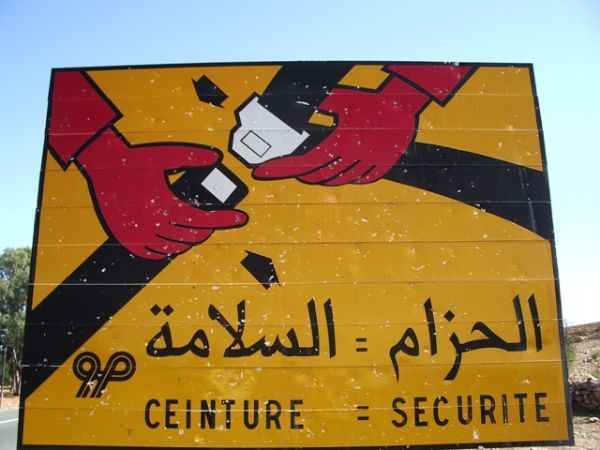
Belt-up campaign in Morocco. Image credit: ARRB 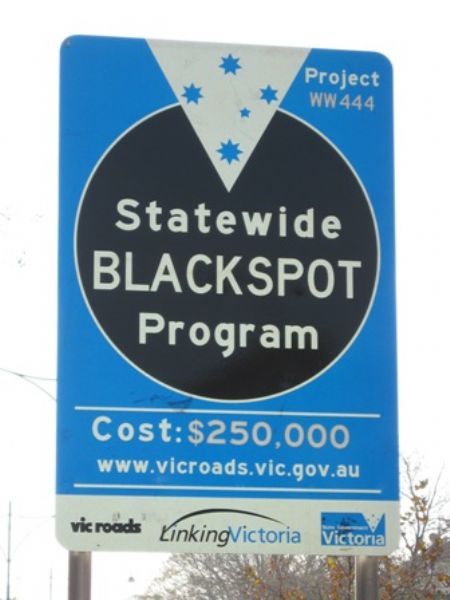
Blackspot program sign board in Victoria, Australia. Image credit: ARRB 
Children wearing seat belts. Image credit: iStock 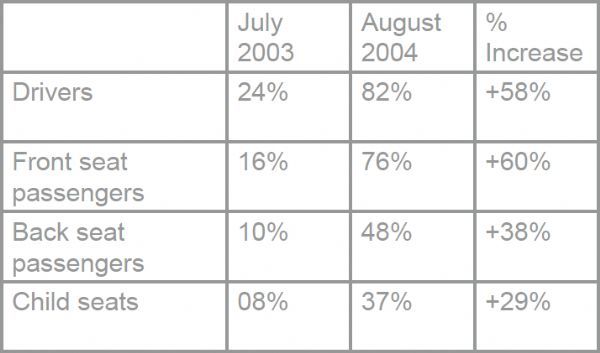
Costa Rica's seat belt campaign dramatically improved seat belt wearing rates. 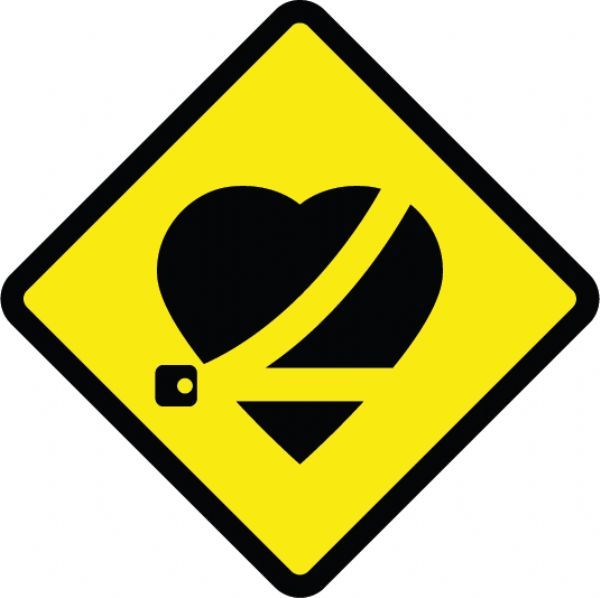
The central human and emotional message of Costa Ricas seat belt campaign was based around the concept of love and responsibility. 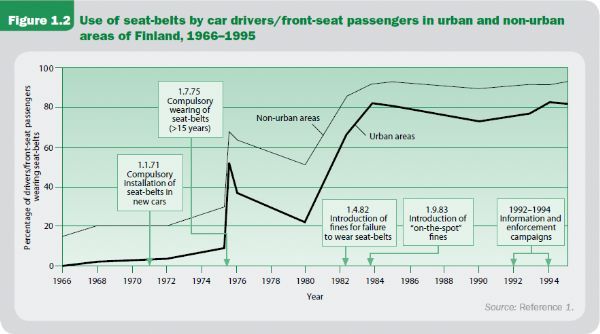
UN Road Safety Collaboration, Seat Belts and Child Restraints Manual.

